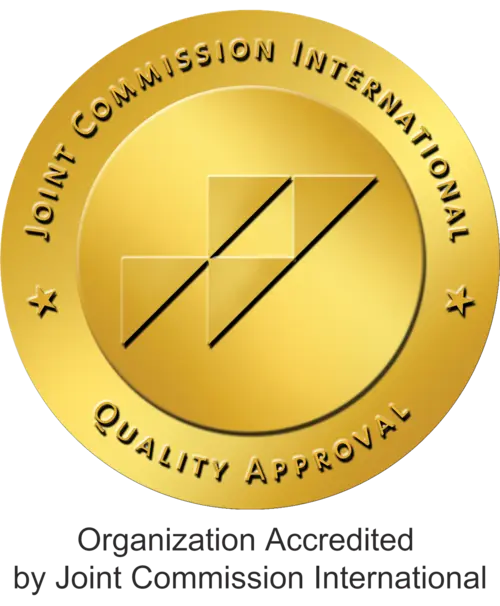Genetic Panel in Autism
Genetic Panel in Autism
What is Autism genetic panel WES (Whole Exome Sequencing)?
The autism genetic panel is actually a genetic diagnostic test called WES (Whole Exome Sequencing). It is a test that helps diagnose rare genetic diseases of neurology, which are not only used in autism, but also neurology.
WES test (Whole Exome Sequencing):
It is applied in the diagnosis of rare genetic diseases. It is a very useful genetic test for diseases, such as autism, whose genes have not yet been identified or categorized in detail, to fully understand the structure of heredity and choose the right genetic test. By applying the entire Exome Sequencing (WES) test, the coding regions of thousands of genes can be tested simultaneously without having to select a particular gene or group of genes to study.
With WES, changes in DNA can be determined by focusing on the functional regions of the genome. Exam is the whole DNA sequence of genes that provide the production of proteins necessary for the function of our body. Many of the disease-causing mutations that science has so far identified have been detected in exon regions. While most of the genetic tests performed in the diagnosis of diseases only scan one gene or several genes thought to be related to the disease, WES tests simultaneously screen thousands of genes. Therefore, it is very effective in revealing the genetic causes of complex clinical pictures. It is also an ideal method for finding new mutations in various diseases and determining the atypical findings of many diseases thanks to WES.
By using WES in the differential diagnosis of autism, it helps to differentiate the clinical findings of other genetic diseases such as autism, and also helps to diagnose whether or not Autism candidate genes exist in the patient. Therefore, it sheds light on the genetic basis of autism cases.
Can autism genetic panel WES (Whole Exome Sequencing) be applied in every institution?
WES cannot be applied to all institutions.
How is autism genetic panel WES (Whole Exome Sequencing) applied?
It can be done by taking 1 or 2 tubes of blood. The detailed clinical finding should be shared with the laboratory by the patient's physician when taking the sample. When interpreting the test result, family history, test results and clinical examination findings should be evaluated together. If it is deemed necessary, a sample can be taken from the patient's mothers, fathers and siblings, and the test can be provided in them.




